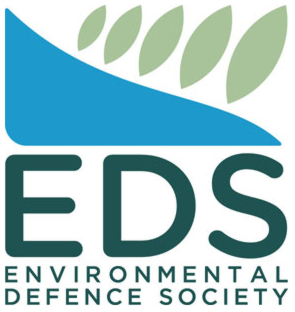Floating Wetland Helps Clean Up Lake Rotorua
Hon Amy Adams
Minister for the
Environment
27 September 2012
Media Statement
Floating Wetland Helps Clean Up Lake Rotorua
Environment Minister Amy Adams says a floating wetland made from hundreds of thousands of recycled plastic bottles has been an effective initiative to help restore Lake Rotorua’s water quality.
Ms Adams visited the 4000-square metre floating wetland today as part of a visit to see the progress that has been made in the Rotorua Lakes Protection and Restoration Programme.
The floating wetland, which was launched in July last year, is part of the restoration programme to which the Government has contributed $72.1 million.
The wetland consists of 20,000 native plants and more than 400,000 recycled plastic bottles, and is reducing nitrogen and phosphorus in the water.
Once fully grown, the wetland will be able to remove four tonnes of nitrogen and one tonne of phosphorus from the lake each year.
Native plants are planted on the floating island of plastic bottles, which then form a new habitat for both the plants and wildlife. As the plants grow, their roots reach into the water and remove nutrients including nitrogen and phosphorous.
“The floating wetland is helping to improve Lake Rotorua’s water quality, provide a habitat for wildlife and offer an original tourist attraction. It is great to see such an innovative solution to an environmental problem,” Ms Adams says.
The restoration programme aims
to restore four priority lakes - Rotorua, Rotoiti, Okareka,
and Rotoehu. The programme includes measures to address the
different sources of nutrients entering the four lakes. Key
components include sewerage works, treatment or diversion of
nutrient-rich streams, capping lake sediments to lock up
nutrients and construction of
wetlands.
ENDS


 Gordon Campbell: On The Costs Of Regulating Cost, And Burkina Faso As A Role Model
Gordon Campbell: On The Costs Of Regulating Cost, And Burkina Faso As A Role Model Department of Conservation: Call For Public Information On Auckland Marine Mammal Cases
Department of Conservation: Call For Public Information On Auckland Marine Mammal Cases New Zealand Jewish Council: NZ Jewish Council Clarifies Position - Advocating For Safety And Accountability, Not Censorship
New Zealand Jewish Council: NZ Jewish Council Clarifies Position - Advocating For Safety And Accountability, Not Censorship NZ Government: Government To Stop Council Plan Changes
NZ Government: Government To Stop Council Plan Changes New Zealand Defence Force: Exercise Talisman Sabre Gets Under Way
New Zealand Defence Force: Exercise Talisman Sabre Gets Under Way Water Industry Operations Group of New Zealand: New Zealand And Australia To Compete For Best-Tasting Tap Water Title
Water Industry Operations Group of New Zealand: New Zealand And Australia To Compete For Best-Tasting Tap Water Title World Vision: Thousands Of Teens Plead For Government To Take Action On Modern Slavery
World Vision: Thousands Of Teens Plead For Government To Take Action On Modern Slavery


